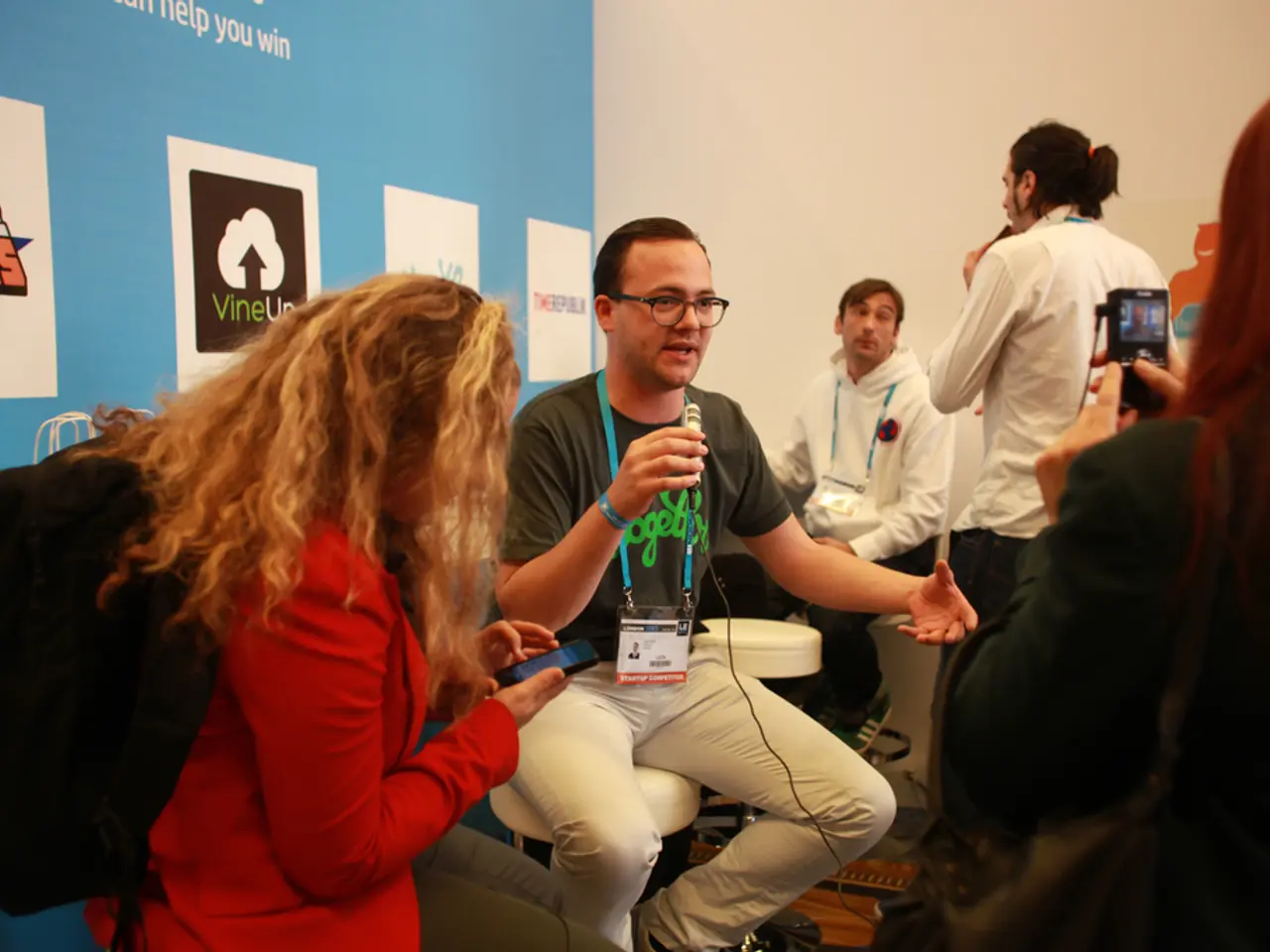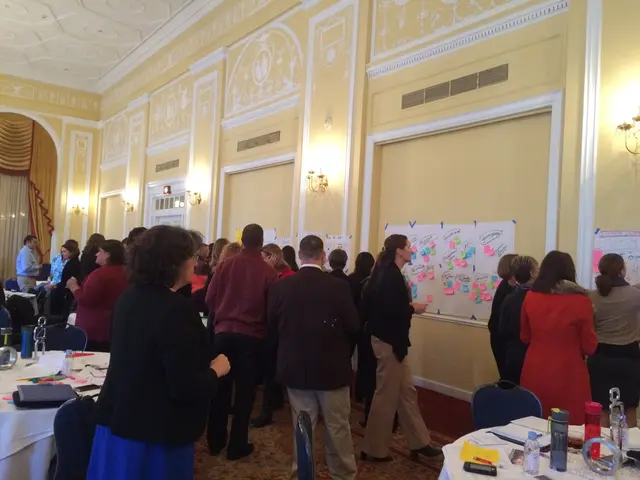Best Strategies to Maximize Your Benefits from User Experience Research
In the realm of product development, understanding users' thoughts, behaviours, and needs is paramount. This is where User Experience (UX) research comes into play, serving as a crucial component of the UX design process.
UX Research Team Composition
Building an effective UX research team is essential for gathering valuable insights. Here are some key elements to consider:
Skills and Experience
Hiring team members with strong qualitative research skills such as interviewing, synthesis, and usability testing is vital. Domain expertise in your product area is also valuable for relevant insights. Researchers should not only document findings but also be able to clearly present them to stakeholders [1].
Hiring Approach
Start small if needed, possibly with contractors or agencies to scale over time. Assess candidates not only by portfolio but also with case studies and practical exercises that test real-world scenarios. Look for curiosity, clarity, and confidence as core traits [1].
Cross-Functional Collaboration
UX researchers must integrate closely with product and design teams to translate research insights into actionable product decisions. Establish a research repository with tagging to connect insights explicitly to user stories and roadmap features [1].
Cultural Competence and Inclusion
Continuous training on cultural competence improves project success. Diverse teams ensure the UX research covers multiple demographics, increasing the chance of detecting usability issues and developing inclusive products [2].
User Interaction Strategies
Diverse and Inclusive Participant Pools
Engaging users from different ages, races, abilities, and backgrounds uncovers a broader spectrum of usability problems. Inclusive testing has been shown to surface 50% more issues than homogeneous participant groups [2].
Multiple Methods and Channels
Combine qualitative methods like interviews, field studies, and focus groups with quantitative methods such as surveys and behavioural analytics (e.g., heatmaps). Use anonymous feedback channels to boost participation and candidness [2][3].
Appropriate Tools and Context
Use culturally relevant language and imagery in research tools to increase engagement. Conduct accessibility assessments throughout design stages to address needs of people with disabilities (about 15% globally) [2].
Summarizing and Synthesizing Insights
Produce clear, structured research summaries tailored to the audience. Share summaries with product teams for synthesis sessions so they can form insights and decide next steps collaboratively without bias [4].
Iterative Integration
Integrate research insights by tagging findings (e.g., onboarding friction), translating them into user stories, and prioritizing them in the product backlog. Test improvements again before launch to validate them [1].
Best Practices for User Interaction
- Building Rapport: A simple routine for building rapport includes introducing oneself, explaining that the user should treat the researcher like they know nothing about the product, and asking some simple questions to show a keenness to learn about the product in detail.
- Asking Questions: Asking more questions can help explore a user's meaning more effectively. The question "Why?" can be useful for delving deeper into someone's thoughts.
- Involving the Client's Team: It's beneficial to involve a member from the client's team in the research team for reassurance.
- Resisting Pre-Designed Solutions: It's crucial to resist pushing pre-designed solutions on users during research. Videotaping interviews can provide valuable insights about users' behaviour and interactions.
- Creating Comfort: Users should feel comfortable to contribute fully to the research, which requires the research team to create rapport quickly.
By following these practices, products can be designed to be more usable, inclusive, and aligned with business goals.
- To create a successful UX research team, it's important to hire individuals with strong qualitative research skills and domain expertise, who are also capable of clearly presenting findings to stakeholders.
- When looking for new team members, consider starting small, potentially with contractors or agencies, and assess candidates by more than just their portfolio, focusing on curiosity, clarity, and confidence.
- UX researchers should collaborate closely with product and design teams to translate research insights into actionable decisions, establishing a research repository with tagging to connect insights directly to user stories and roadmap features.
- For effective research, engage users from diverse backgrounds, employ multiple methods and channels, use appropriate tools and context in research materials, and continually train on cultural competence to ensure a broad spectrum of usability issues are uncovered.
- Produce clear, structured research summaries that cater to the audience, share summaries with product teams for collaborative synthesis, and iteratively test improvements to validate them before launch.
- During research, build rapport with users, ask insightful questions, involve the client's team for reassurance, resist pushing pre-designed solutions, and create an environment that encourages users to contribute fully, ultimately designing products that are more usable, inclusive, and aligned with business goals.




